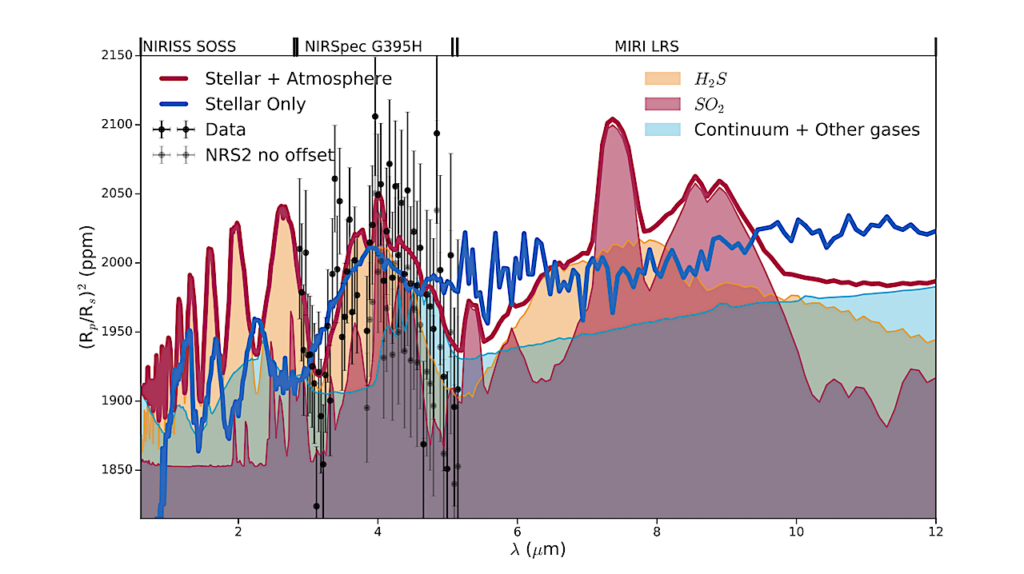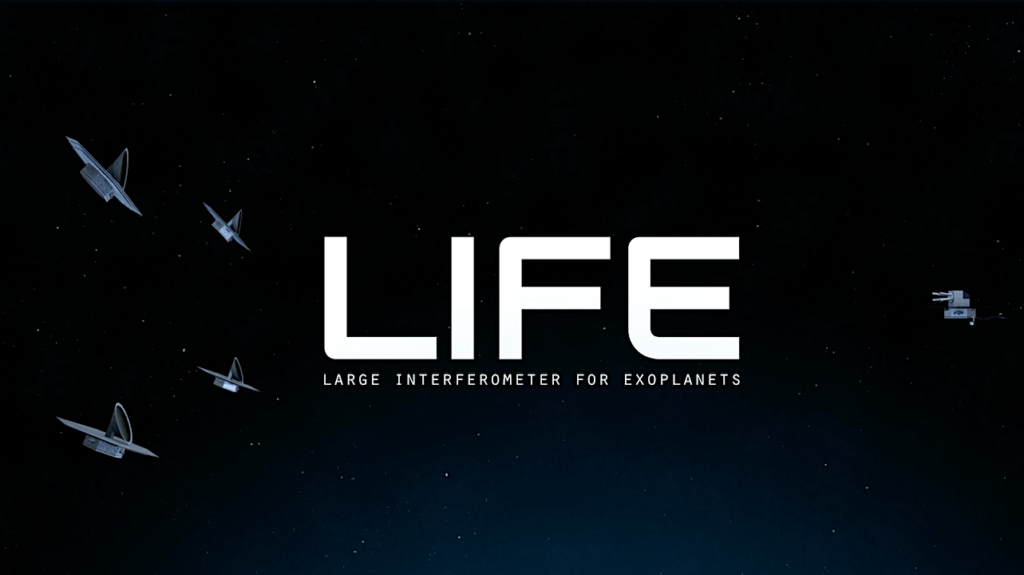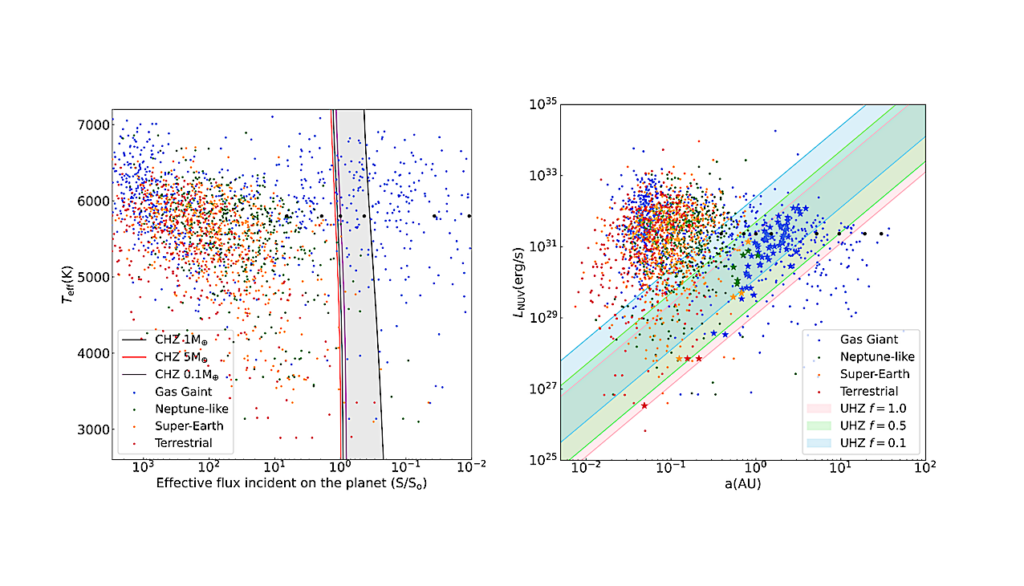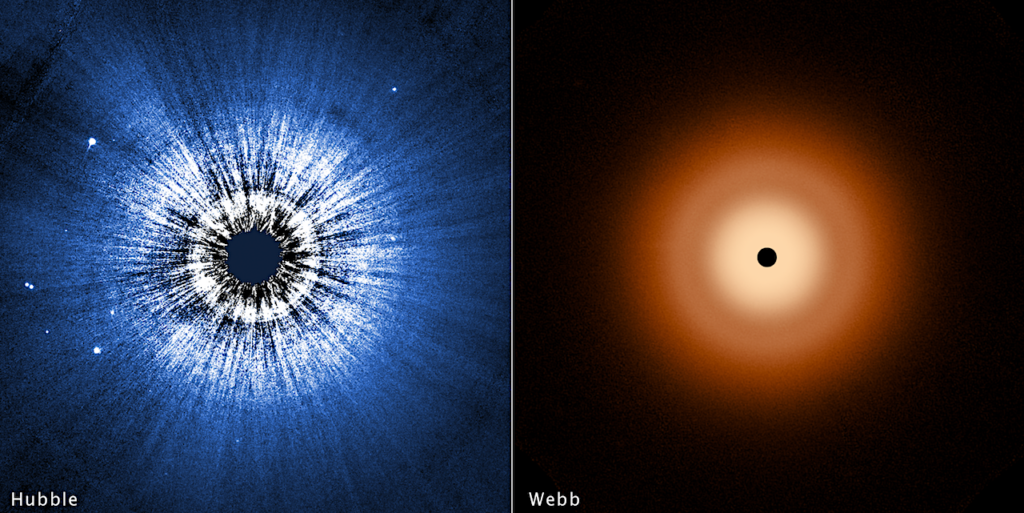A Low-mass Sub-Neptune Planet Transiting The Bright Active Star HD 73344

Context. Planets with radii of between 2-4 RE closely orbiting solar-type stars are of significant importance for studying the transition from rocky to giant planets.
Aims. Our goal is to determine the mass of a transiting planet around the very bright F6 star HD 73344 . This star exhibits high activity and has a rotation period that is close to the orbital period of the planet.
Methods. The transiting planet, initially a K2 candidate, is confirmed through TESS observations . We refined its parameters and rule out a false positive with Spitzer observations. We analyzed high-precision RV data from the SOPHIE and HIRES spectrographs. We conducted separate and joint analyses using the PASTIS software. We used a novel observing strategy, targeting the star at high cadence for two consecutive nights with SOPHIE to understand the short-term stellar variability. We modeled stellar noise with two Gaussian processes.
Results. High-cadence RV observations provide better constraints on stellar variability and precise orbital parameters for the transiting planet. The derived mean density suggests a sub-Neptune-type composition, but uncertainties in the planet’s mass prevent a detailed characterization. In addition, we find a periodic signal in the RV data that we attribute to the signature of a nontransiting exoplanet, without totally excluding the possibility of a nonplanetary origin. Dynamical analyses confirm the stability of the two-planet system and provide constraints on the inclination of the candidate planet; these findings favor a near-coplanar system.
Conclusions. While the transiting planet orbits the bright star at a short period, stellar activity prevented us from precise mass measurements. Long-term RV tracking of this planet could improve this measurement, as well as our understanding of the activity of the host star.
S. Sulis, I.J.M. Crossfield, A. Santerne, M. Saillenfest, S. Sousa, D. Mary, A. Aguichine, M. Deleuil, E. Delgado Mena, S. Mathur, A. Polanski, V. Adibekyan, I. Boisse, J.C. Costes, M. Cretignier, N. Heidari, C. Lebarbé, T. Forveille, N. Hara, N. Meunier, N. Santos, S. Balcarcel-Salazar, P. Cortés-Zuleta, S. Dalal, V. Gorjian, S. Halverson, A.W. Howard, M.R. Kosiarek, T.A. Lopez, D.V. Martin, O. Mousis, B. Rajkumar, P.A. Ström, S. Udry, O. Venot, E. Willett
Comments: Accepted for publication in Astronomy and Astrophysics
Subjects: Earth and Planetary Astrophysics (astro-ph.EP); Solar and Stellar Astrophysics (astro-ph.SR)
Cite as: arXiv:2405.17155 [astro-ph.EP] (or arXiv:2405.17155v1 [astro-ph.EP] for this version)
https://doi.org/10.48550/arXiv.2405.17155
Focus to learn more
Submission history
From: Sophia Sulis
[v1] Mon, 27 May 2024 13:28:54 UTC (8,593 KB)
https://arxiv.org/abs/2405.17155
Astrobiology,








